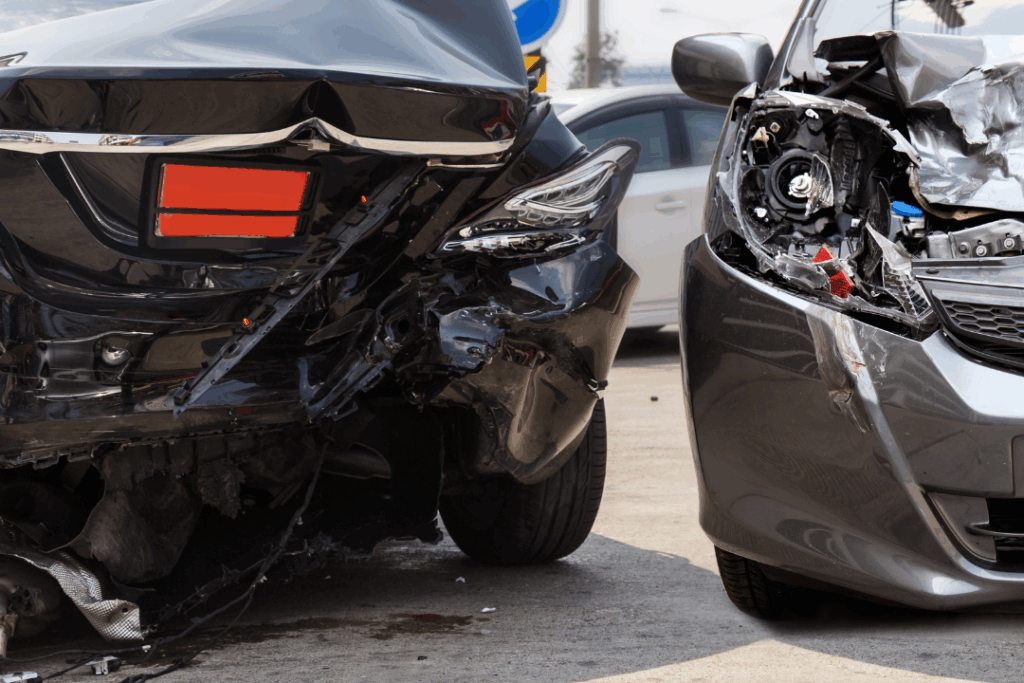You want to protect your car, but you don’t want to pay for coverage you don’t need. The problem is, insurance policies are often loaded with industry jargon like “comprehensive” and “collision,” making it hard to tell what’s worth the cost. Worse, choosing the wrong coverage—or skipping something essential—can leave you financially exposed. The good news? You can make the right choice once you understand how these two types of coverage work and what each one protects. This guide simplifies it all so you can make a smart, confident decision.
- What Is Collision Coverage?
Collision insurance covers damage to your vehicle from accidents involving another car or object, regardless of fault. It’s typically used when:
- You hit another car
- Another vehicle hits you
- You collide with a stationary object like a pole, fence, or guardrail
When It’s Most Useful: Collision is ideal if your car is newer, financed, or leased. Lenders often require it to protect their investment. Even if you own your car outright, collision might be worth it if repairs would be costly.
- What Is Comprehensive Coverage?
Comprehensive insurance protects your vehicle from non-collision incidents, including:
- Theft or vandalism
- Fire, floods, or falling trees
- Weather-related damage (hail, hurricanes, etc.)
- Animal collisions (like deer)
When It’s Most Useful: Comprehensive is valuable for those who live in areas with extreme weather, high theft rates, or lots of wildlife. It’s often required if your car is financed.
- Key Differences Between Comprehensive and Collision
Understanding how these coverages differ helps prevent overlaps or gaps. Here’s a quick breakdown:
Feature | Collision Insurance | Comprehensive Insurance |
Type of Damage | Vehicle-to-object or vehicle accidents | Non-collision (weather, theft, animals) |
Fault Required? | No (applies regardless of fault) | No (applies regardless of fault) |
Required by Lenders? | Often yes | Often yes |
Deductible Applies? | Yes | Yes |
Example Scenario | You rear-end another car | A tree branch falls on your parked car |
- When Should You Have Both Coverages?
Having both comprehensive and collision is common, especially if:
- You drive a high-value or newer car
- Your vehicle is financed or leased
- You live in an area prone to extreme weather, wildlife, or theft
Cost-Benefit Tip: If your car is worth less than a few thousand dollars, paying high premiums for both may not be cost-effective. Use the 10% rule: if annual premiums exceed 10% of your vehicle’s value, reconsider your coverage.
- How to Choose the Right Deductibles
Both coverage types come with deductibles—the amount you pay out of pocket before your insurance kicks in. To choose wisely:
- Set deductibles based on your savings cushion
- Higher deductibles = lower premiums (but higher risk)
- Lower deductibles = higher premiums (but easier claims)
Most drivers find a balance with $500–$1,000 deductibles, depending on risk tolerance and financial stability.
Choosing between comprehensive and collision coverage doesn’t have to be a guessing game. Once you understand what each covers, when it’s needed, and how it fits your vehicle’s value, making the right decision becomes simple and smart.
Here’s What to Do Next:
- Evaluate your car’s current market value
- Consider your location’s risks (weather, theft, animals)
- Check if your lender requires either or both coverages
- Choose a deductible that fits your budget
- Talk to your insurance agent about bundling options or discounts
By choosing wisely today, you’ll avoid surprises tomorrow—and keep your wallet and wheels well protected.

